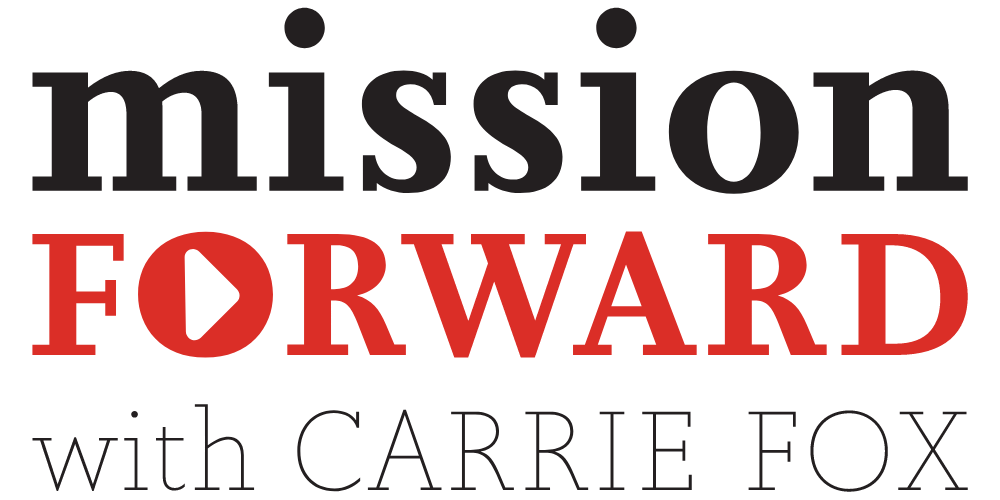Finding the Words • The Space Between
About This Episode
Years ago, my dear friend and mentor Don Foley shared a story about Isaac Stern that I’ve never let go. The great violinist (1920-2001) was often asked why the music sounded so different when Isaac played it on his violin versus when the same song sheet was followed by others.
“Anyone can play the notes,” he would tell students; “music is what goes on in between the notes.”
Thanks for listening. This is the 15th article in a year-long series called Finding the Words. If you liked this week's essay, we hope you'll forward it along. And a reminder that your family, friends, and colleagues can subscribe to Finding the Words too — along with every episode of our podcast — simply by clicking this link.
-
Years ago, my dear friend and mentor Don Foley shared a story about Isaac Stern that I’ve never let go. The great violinist (1920-2001) was often asked why the music sounded so different when Isaac played it on his violin versus when the same song sheet was followed by others.
“Anyone can play the notes,” he would tell students; “music is what goes on in between the notes.”
As I’ve since learned, Stern wasn’t alone in believing this concept. Composers and musicians throughout time, from Mozart to Claude DeBussy and Miles Davis, have all shared similar sentiments—if not always with the same words.
“The music is not in the notes, but in the silence between.” (Mozart)
“Music is the space between the notes.” (DeBussy)
“In music, silence is more important than sound.” (Davis)
I often consider this “space between” concept when I am working on a piece of persuasive writing or collaborating with my colleagues on a design project. Just as many composers of music have found, it’s not the complexity of the words or design that make a message come to life, but just the opposite: the strategic simplicity of a message can give deeper meaning to the words.
Today’s Finding the Words is literally about finding your words, in between the prose. To help us get there, I’ll share another story, about a writer who lives this concept well.
Andy Miller is the best editor I’ve ever known. A “newspaper guy” at heart, he served for two decades as Washington correspondent for The Kansas City Star before moving into public affairs, where my path luckily crossed his in early 2002 at Prism Public Affairs.
Andy wrote the most incredible op eds and speeches and he’d do it in a matter of hours. I remember Andy stealing away to his office mid-morning and by lunch, he’d have a solid draft ready for client review. But it wasn’t the speed that impressed me— it was the way he made the most of his words.
Andy thought about the “space between” too, but from a different perspective. As he’d say: “It’s far easier to write a long-form essay than a 600-word op ed, because when we have space, we’ll always find ways to fill it. But if you can deliver a short-form, get-to-the-point message without any filler copy, you’ve made your words work for you.”
And isn’t that the truth. Whether composing music or messages or the structure of our days, the space—and how we choose to use it—matters. Rather than finding ways to fill it, consider what might happen if you pulled back to only the essentials. Let most of your message fall to the editing room floor, and you’ll see that what remains is not so different from what Stern and many others loved about the space between the notes: it’s here that you find the heart of what matters most.

